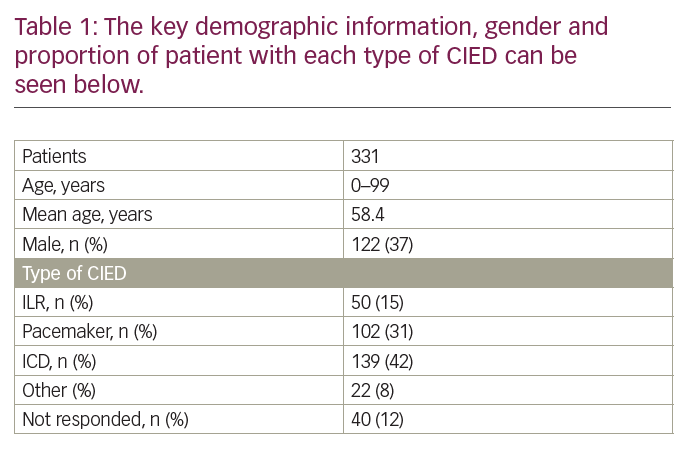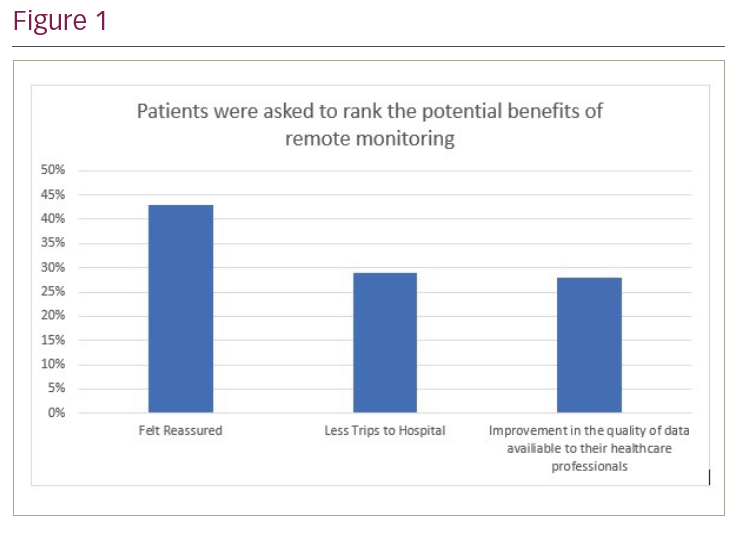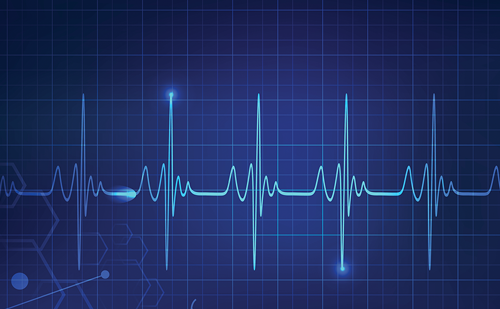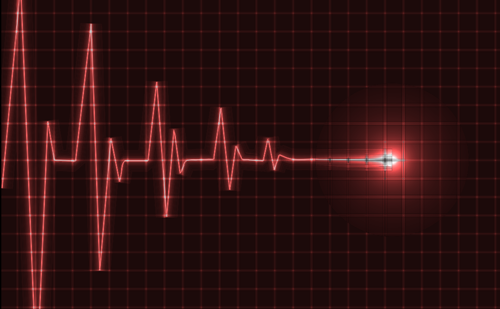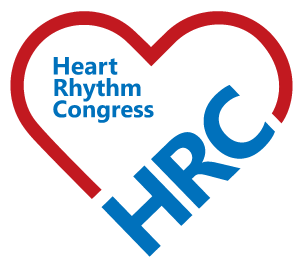Background: Remote monitoring (RM) refers to the ability of a cardiac implantable electronic device (CIED) to monitor both the patient and the CIED system, ‘remote’ from the hospital. Studies have demonstrated the advantages of this approach including early detection of clinically actionable events, a decrease in the frequency and need for inpatient visits and improved patient satisfaction, quality of life and adherence to follow up.
Purpose: The primary objective of our study was to analyse patients’ perspectives towards remote monitoring and to review how remote monitoring influences the relationship between health care professionals and patients.
Methods: Arrhythmia Alliance (A-A) and University Hospital, Plymouth designed an online patient survey designed to capture patients’ opinions on remote monitoring. The questionnaire was emailed to patients on the A-A patient database.
Quantitative results: 88% of respondents were aware that remote monitoring could be undertaken. 74% were actively using remote monitoring with 60% of patients reporting they felt well informed about their remote follow up. 85% of respondents felt confident installing the equipment necessary to undertake remote monitoring independently, without assistance. The majority (52%) of respondents felt that remote monitoring had improved the way they felt about their condition, with just 7% reporting that it had made them feel worse. When asked to rank the potential benefits of remote monitoring, the most popular answer was that patients felt “reassured” (43%) with the next most popular response evenly split between “less trips to hospital” (28%) and improvements in the quality of data available to their healthcare professionals (27%), see Graph 1 below. Technical issues appeared rare, with 53% denying experiencing any issues and a further 27% reporting “very rare” issues. Just under half (45%) of respondents expressed a preference for accessing information about RM via either a website or a mobile app.
Whilst the majority of respondents did not view their bedside transmitter as a constraint (91%), 62.6% of respondents expressed a preference for transmissions to be conducted via the combination of a smartphone/app than via a standalone transmitter. Smartphone use was widespread in our study with 92% of respondents reporting they owned a smartphone. The majority (85%) admitted to using them at least several times a day. A similar number (91%) admitted to being comfortable downloading apps.
Conclusions: Our study set out to undertake a quantitative and qualitative assessment of patients’ perspectives towards RM. We have identified that despite the advanced age of the respondents to our survey, there was a high level of awareness and engagement with RM. Respondents reported an overwhelmingly positive experience of RM. The primary benefit observed amongst respondents in our study was greater patient reassurance with additional benefits observed including improvements in the quality of data available to their healthcare team and reductions in the need to travel to hospital.
Smartphone use was near ubiquitous amongst our population and respondents expressed a preference for a smartphone-based communicator over a stand-alone remote monitoring system. ❑
